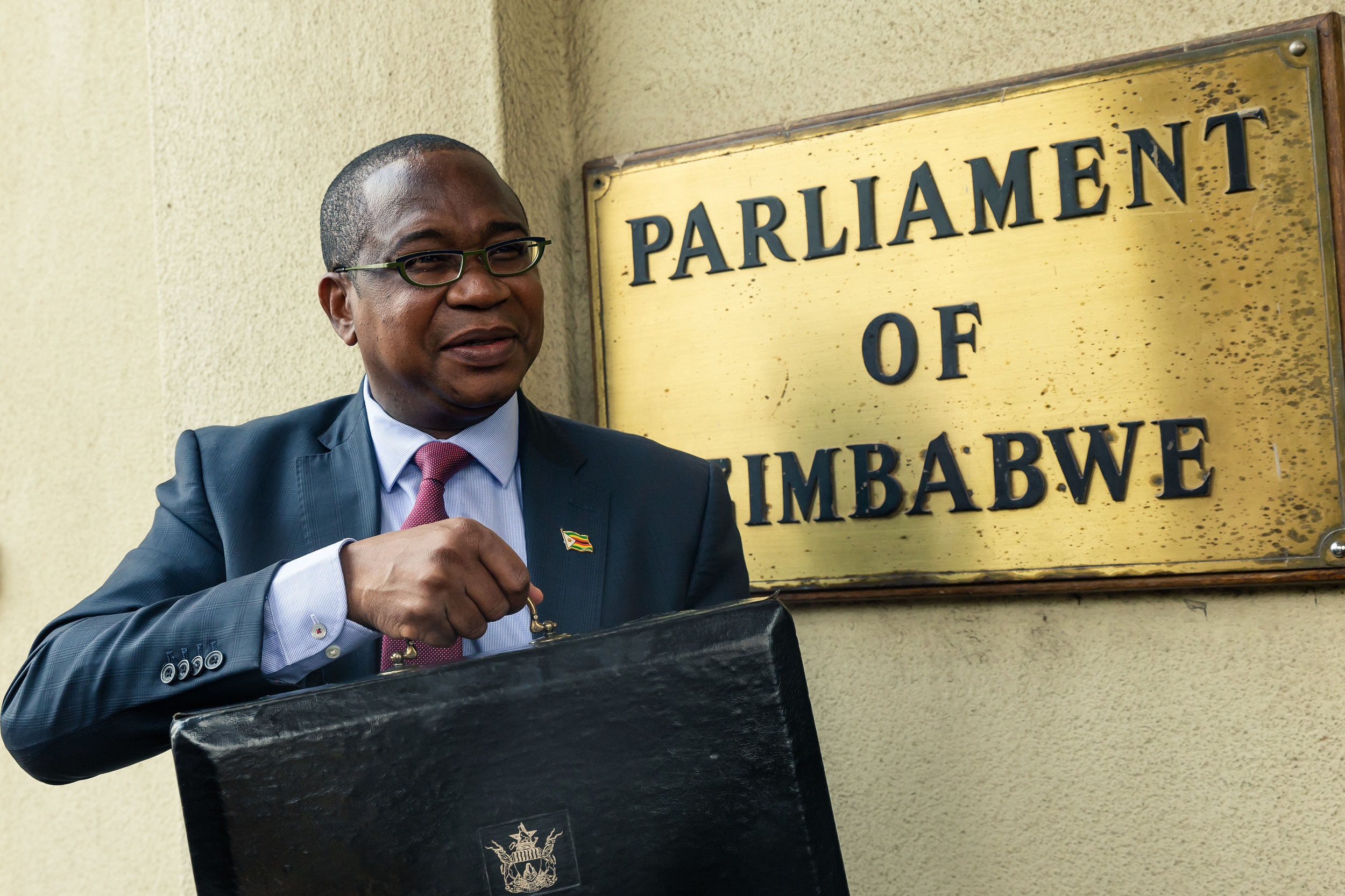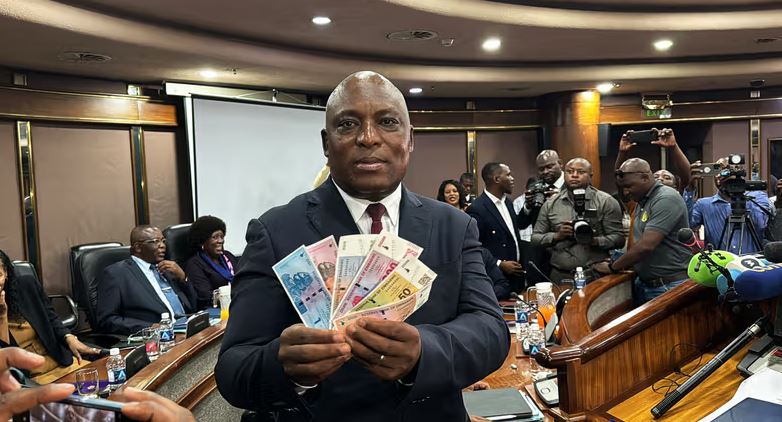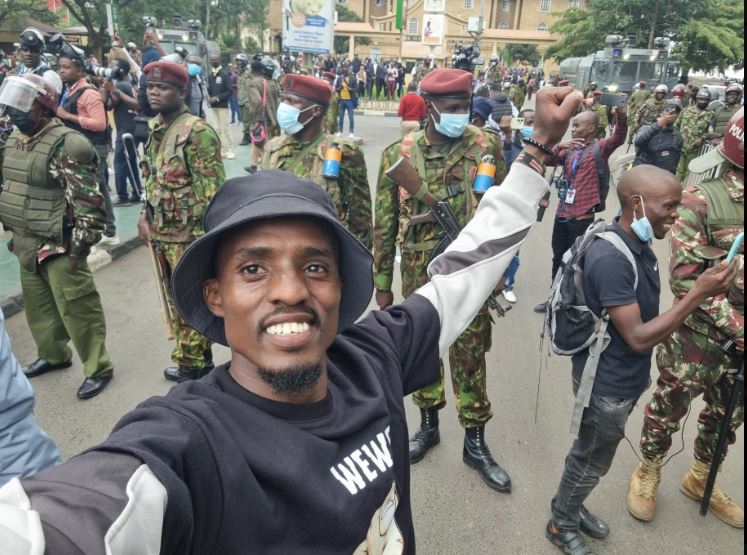By Paidamoyo Muzulu
Zimbabwe Finance minister Mthuli Ncube recently painted a rosy picture of economic growth amidst ravaging global Covid-19 during his Midterm Fiscal Review statement. The treasury boss revised the country’s GDP growth in 2021 to 7,8% from 7,4%, but this looks quack considering the rise in poverty among its citizens. Who is Ncube hoodwinking, citizens or capital?
Ncube optimism was derived from one sector – above-average cereal (maize) production and a generally better agricultural season because of a good rain season.
The minister while capturing the regional growth well in his statement, he did not say why he thought Zimbabwe should be an exception to the regional growth rate.
Ncube said: “The region is, therefore, projected to grow by 3,4% in 2021, a slight upward review from the initial projection of 3,1%. The recovery will mostly be supported by firm international commodity prices, spill-overs from global growth and to some extent, supportive fiscal and monetary interventions.”
Interestingly, Zimbabwe has limited fiscal space to move considering how the country is overborrowed and hence cannot print money or borrow from multilateral financial institutions.
The treasury boss acknowledged the same when he said: “Access to external financing remains constrained due to the continued accumulation of external debt arrears and therefore, domestic financial markets remain the major source of budget financing for Treasury. Domestic debt as at end of April 2021 amounted to ZWL$20,9 billion.
“As at end December 2020, total PPG external debt including RBZ external guaranteed debt amounted to US$10,5 billion, representing 71,2% of GDP. Accumulation of external debt arrears remains a major challenge to the country, making up over US$6,5 billion (77%) of total external debt.”
Besides everything else that the Finance minister said, he deliberately did not include the number of jobs bled through the Covid-19 national lockdown over the past 15 months.
The private sector was operating at best at 25% capacity. Many companies closed while the few that operated had to reduce the salaries of their employees to avoid going bust.
Zimbabwe Congress of Trade Unions (ZCTU), the main labour body, estimates that as many as 250 000 formally employed people lost their jobs, particularly in the service industries such as tourism which experienced a 90% decline in arrivals and transport where due to lockdown people could not travel inter-city.
To further murky the economic waters, the Labour Ministry has not given any statistics of any new jobs created between January and June 30, 2021.
The exchange rate between the United States dollar and Zimbabwe dollar has since March 2020 (the first lockdown) and July 2021 (the date of the Midterm Fiscal statement) moved from 1:10 to an astronomic 1:150.
This exchange rate tumbling has further impoverished the people in Zimbabwe were prices are indexed in US dollars. The country imports most basic commodities such as cooking oil, sugar, milk, poultry, fuel and electricity.
If ever the economy grew, it was in quantitative terms which the International Monetary Fund and World Bank are inclined towards. Measuring the economy qualitatively, using the Human Development Index.
Many families in Zimbabwe are struggling to have three meals a day, access potable water, send their children to school or access basic health services. These are areas that have been left to humanitarian organisations that are feeding not only the rural population but also the growing urban poor.
The World Bank in its June report said nearly 70% of the Zimbabwean population are living in abject poverty.
The World Food Programme in its 2021 forecast said about 5 million Zimbabweans would be food insecure. This is a huge number in a country with 15 million citizens. In other words, 1 in 3 citizens needs food aid.
African financial behemoth, Old Mutual was sceptical in its analysis of the Midterm Fiscal statement said: “The Government signalled a stronger than initially projected economic growth in 2021 leading to the growth forecast for the year being upgraded from 7,4% to 7,8%. The growth rate is higher than the IMF’s and the World Bank’s projections of 6% and 3,9% respectively.”
It concluded: “This notwithstanding, the pandemic is expected to continue weighing on the economy until herd immunity is achieved. Despite the Covid-19 threats, the positive half-year fiscal performance has set a good platform for economic growth in 2021.”
Conservative estimates from the economists and health experts say that at the pace Zimbabwe is procuring vaccines and rolling out its vaccination programme, herd immunity at the earliest could be achieved by December 2022 or with the first quarter of 2023.
Zimbabwe needs to vaccinate 10 million people. Since the government is using vaccines that need a double jab it has to import a minimum of 20 million doses. To date, the has acquired (bought and donated) 6 million doses.
Taking everything into context, a question arises as to why Ncube was overly optimistic in his Midterm statement?
The positive economic growth could be used to entice capital to invest in a supposed recovering market. It may also be for lenders to feel confident to extend loans to Zimbabwe or private companies on the promise of an economy on the rebound.
However, the above scenario can be debunked by international players who have access to other sets of economic data besides the host government.
This leaves us with one plausible argument – hoodwinking the electorate as the country moves towards the 2023 elections. Positive economic news gets you votes that the administration is handling the economy well. It remains to be seen if the people swallow the quantitative figures Ncube dished out or they would prefer feeling the economy growing? In other words, qualitatively measuring the things they enjoy in a growing economy.
Zimbabwe may have experienced a ‘false’ growth.
Image credit: NewZimbabwe.com



